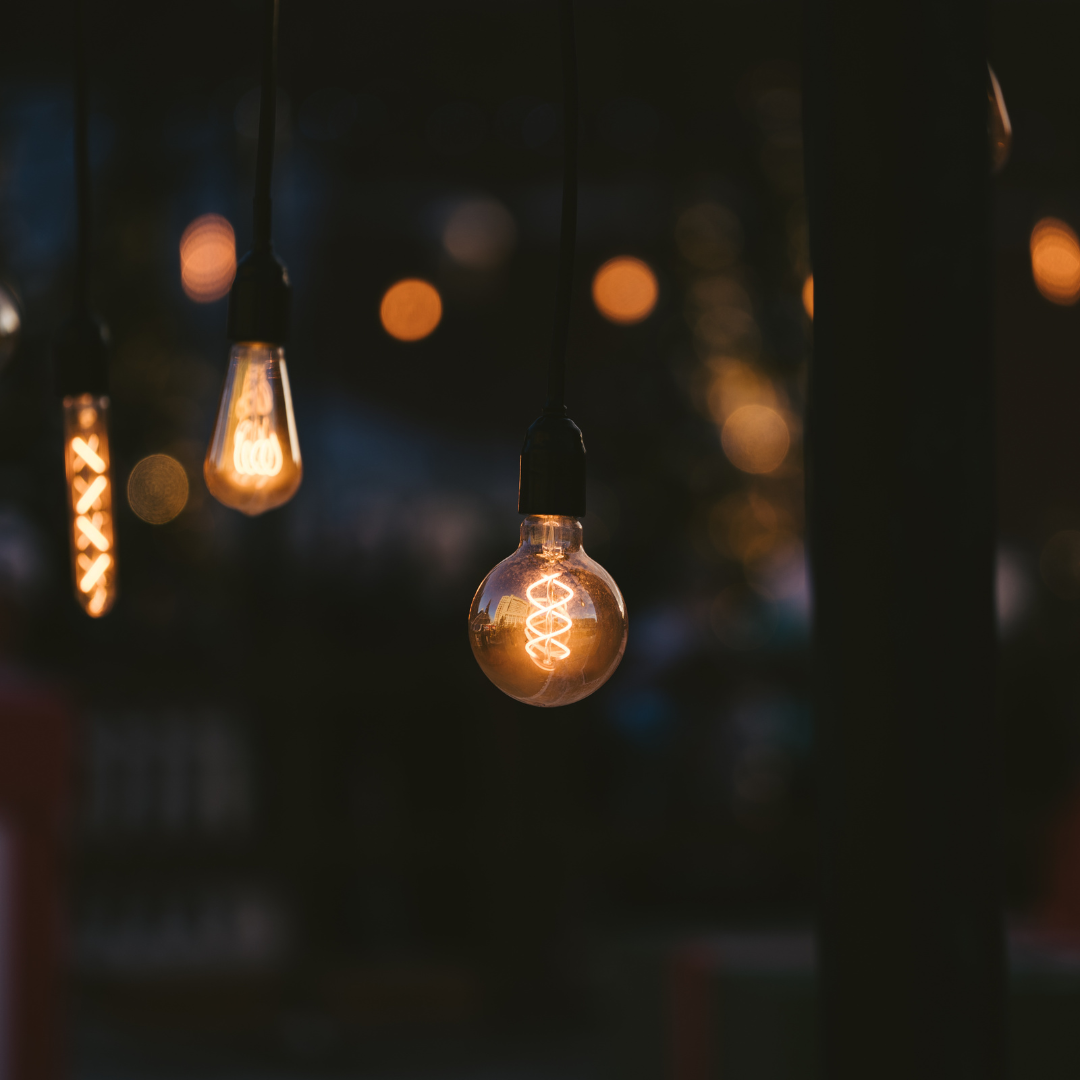Clear vision is an important aspect of any part of life, and your house is no different. When constructing or redecorating a house, it is important to consider the amount of light.
This means you have to account for both natural light during the day and artificial light during the night and for those days when sunlight is not bright enough.
Here are a few tips to consider when choosing how to light a house.
Natural light

You don’t want to run up your energy bills by running your lights at all hours of the day, do you? Therefore, you ought to consider letting in as much natural light into the house as possible.
Maximize the amount of natural light in your home by installing large windows and keeping them clean. In the grand scheme of things, this is relatively simple, cheap, and makes a big difference to any space within the house.
Also, ensure you carefully choose the right type of shade for your window fixtures. Remember that white shades let more light pass through, despite creating a colder color tone in the house.
Colored shades will let less light into the home, but they will make the streaming light appear creamier or warmer depending on the hue that you choose.
Lighting common living spaces

Living rooms are incredibly versatile spaces, granted that they are used to host guests, relax after work and during the weekends. Thus, it is important that the lighting is just as adaptable and versatile as the space.
First, consider the scale of the room and ensure that you have enough sources of light to uniformly illuminate the space.
It is also ideal to have a lighting centrepiece. You can also consider a large lantern or an oversized pendant light to introduce a focal point which is the mark of any well-designed room.
You can personalize your living room by trying out a beautiful chandelier which will add some light and visual interest to the space, evoking elegance and style according to your chosen design.
It is generally a good idea to add a dimmer switch to the overhead lighting in your living room. This will make it much easier to adjust the brightness depending on the time of day.
Dimmer switches are a perfect addition for making those movie nights feel more dramatic as if you are having a legitimate theater experience.
Ensure that none of the corners in your living room remains dark, which will make it very hard to use that part of the space when the sun goes down. For any isolated corners, consider adding a small lamp that will create a subtle glow that instantly makes the space feel cozy and usable.
Lighting the kitchen

Cooking, baking, and any other activity in the kitchen can benefit from good lighting. This will allow you to see all your utensils, ingredients, and equipment clearly, making you feel more confident and at ease with what you are preparing.
Consider some bright overhead lighting which makes it easier to see all parts of the kitchen, and can be easily achieved without complicating your electrical wiring.
Pendant lamps can be effective when installed directly above kitchen islands, breakfast nooks and kitchen sinks. This will allow them to illuminate key workspaces with a bright light that travels across spaces to cover when preparation, cooking, eating and cleaning are done.
Designers recommend under-cabinet lighting for a more modern touch. This solution can help you illuminate your countertops, and can be flicked off at a moment’s notice when you need more ambiance in the kitchen.
Dark corners of the kitchen like pantries, cupboards, counters, and shelves are often neglected, and you can consider installing some lamps at these locations to make these spaces more functional and visually appealing when properly lit.
Lighting the bedroom

The bedroom is arguably one of the most important rooms in a house, making it essential to have the right lighting to create a space that you look forward to spending lots of time in.
Designers recommend layering light sources in the bedroom so that you have different kinds of lights which serve distinct and diverse purposes either on their own or when used concurrently.
Every bedroom should have a soft overhead light that illuminates all parts of the room, and this ought to be paired with accent light throughout the room as you deem fit.
Bedside lights with warm-colored bulbs are quite common, as they provide enough lighting that is not too harsh and can be switched on and off without having to leave the bed.
Consider setting the overhead lights on dimmers so that you can customize the light to be as bright and as low as you need it in different scenarios.
Remember that all the lights in the bedroom should have a similar temperature to avoid clashing and to offer a seamless calming effect.
Consider adding accent lights such as LED tape lights behind the headboard and recessed lights in the corners of the room to give your bedroom some elegance, visual appeal, and personality layered in.
Lighting the bathroom

Apart from functional overhead lighting, you can opt for vanity lighting and lights around your mirrors that give off a soft glow. You can also bring in scented candles that will be ideal during baths to help you unwind by relieving the constant need for harsh overhead lighting.
Designers recommend seeking out lights that simulate daylight for your bathrooms. These will help you see how your face and body are likely to look outside the home, providing a more realistic feel than the typical fluorescent bulbs.
Conclusion
Nothing makes or breaks a space quite like the type of lighting. This is because light:
- sets the general ambiance,
- changes the mood of a house’s occupants, and
- helps to define spaces like dining rooms, kitchens, and nooks, particularly in open-floor layouts.
Remember that you do not have to settle for poor lighting when there is a nearly endless choice of fun and functional lights available on the market.
The tips in this article will help you pick out the right lighting for different parts of the home. Read more about lighting on our website to find out more information about how to light your home.






Leave a comment
This site is protected by hCaptcha and the hCaptcha Privacy Policy and Terms of Service apply.